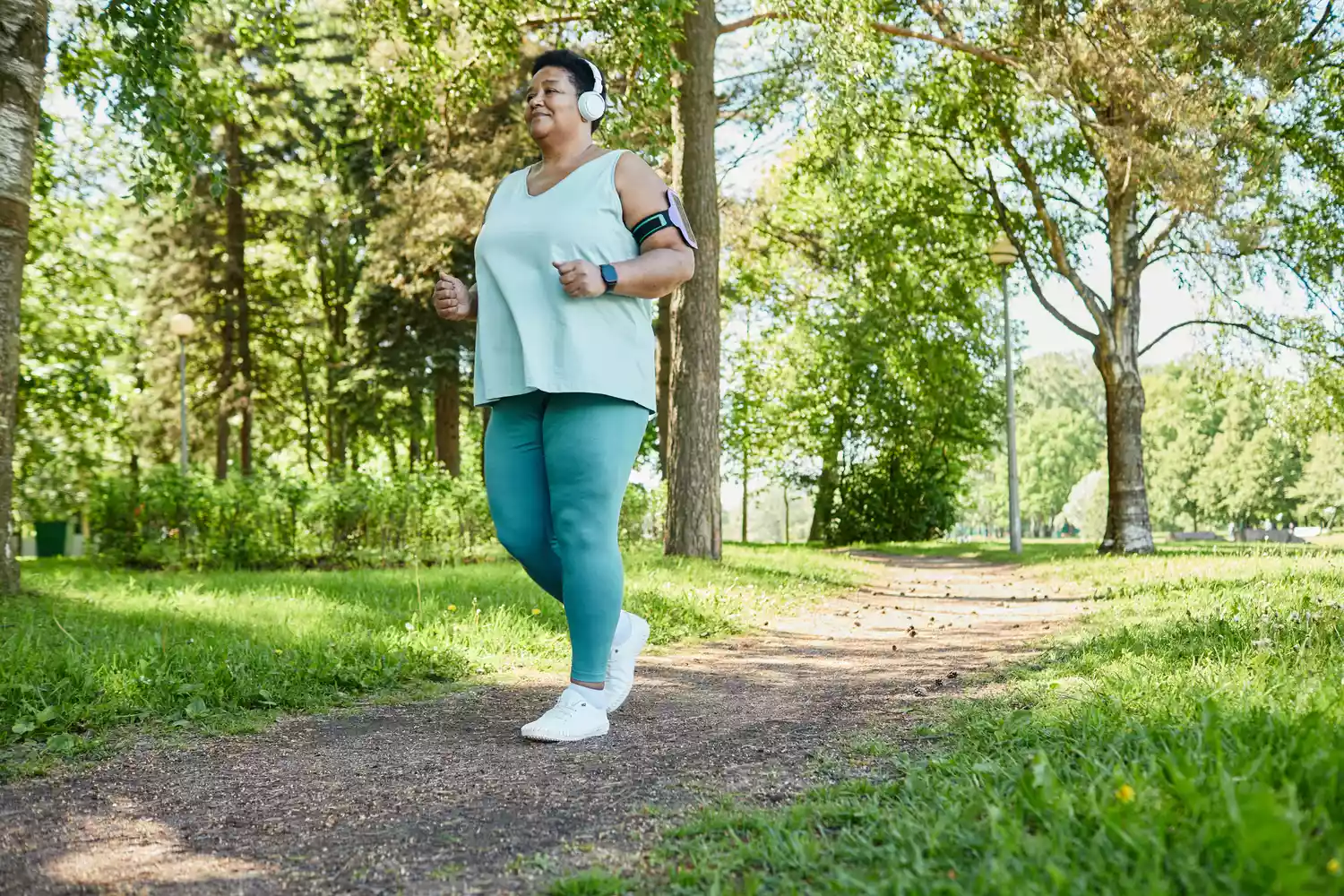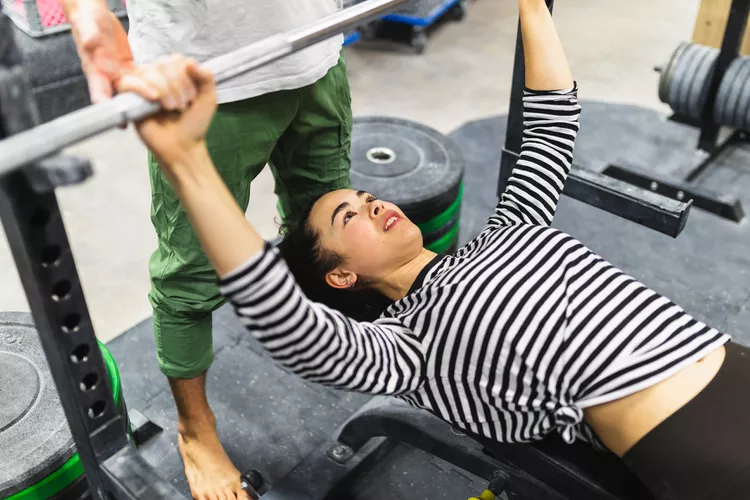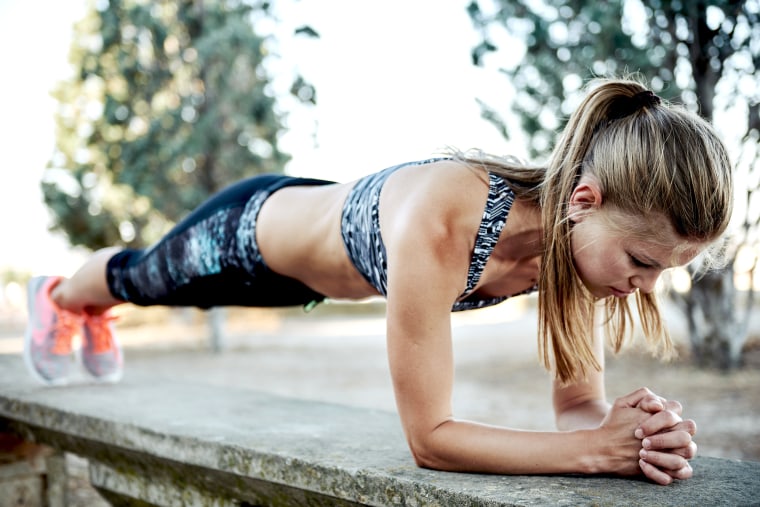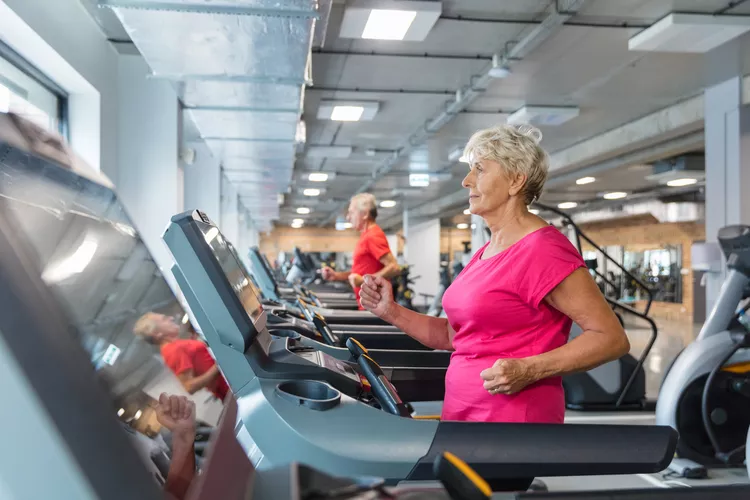Excellent news: It takes far fewer than 10,000 steps a day to gain the health advantages of strolling, according to a handful of current studies.
Though the precise variety of steps varies– anywhere from 4,000 steps a day to 8,000 steps a few times a week– it’s clear that adding more motion to your day can pretty much guarantee some additional health benefits, consisting of a lowered danger of dementia, cardiovascular disease-related death, and all-cause mortality.
If that news has you inspired to lace up your sneakers and struck the treadmill (or pavement), there’s one thing you might wish to consider very first: proper strategy– or the “best” method to stroll.
Though many individuals have actually been doing it given that there were simple months old, the options you make around strolling– from your gait to what you put on your feet– can play a considerable role in your health and well-being. Even where you walk can influence how you feel.
Here, professionals break down strategies for making the most of walking– and avoiding injury along the way.

Focus on Proper Posture and Alignment
Whether you’re sitting, standing, or strolling, posture is constantly important– however it doesn’t necessarily indicate standing entirely directly at all times; posture indicates maintaining the natural curves in your neck and back.1.
Some ideas for keeping correct posture and alignment while strolling consist of:.
Stand tall. Pretend a string is pulling you up from the crown of your head, suggests Rusty Sarhan, CPT, an RRCA-certified running coach.
Keep your direct, and do not let it protrude in front of your body, which can stress your back or neck, stated physical therapist Natalya Tronik, DPT.
Focus on the course in front of you, keeping your eyes forward.2.
Keep your shoulders back and down, and keep your arms relaxed and moving easily at your sides.
Keep your abs tight and your pelvis neutral. Make certain your chest is aligned with your pelvis, and that your hips, knees, ankles, and second toe are also all in alignment, Tronik recommended. This can assist you avoid straining your lower half.
Not only does this correct posture and alignment assist you stroll easier and prevent injury, it can likewise help you breathe and move more efficiently, Sarhan said.
Because it’s challenging to know what you look like while walking, Tronik advises taking an image of yourself in the mirror– or even better, a video of yourself in movement– and making changes, if necessary.
Pay Attention to Your Feet.
The appropriate action includes putting your heel on the ground first, then the ball of your foot, followed by your toes– it’s a rolling motion, Tronik stated. This better assists to distribute the stress your lower body takes on while walking.
If you were to knock your entire foot down on the ground with a thud, that impact would “translate up the chain,” Tronik stated, putting your knees, hips, and ankles at a greater danger of injury.
Strolling cadence– or the number of steps you take in a minute– matters too. Taking longer, less frequent actions may put more tension on your joints, while taking much shorter, more regular actions may feel easier on your body.
Additionally, a greater walking cadence– around 100 actions per minute– can be thought about moderate-intensity workout for grownups, research shows.3 That suggests strolling at that cadence or above will count towards the 150 weekly minutes of physical activity, advised by the Centers for Disease Control and Prevention.4.
And while you might be tempted to stroll in whatever you’re wearing on your feet at any given moment, your shoe choices are also essential. Running or strolling shoes are your best bets here, said Sarhan, since they’re generally lighter, have actually a cushioned heel, and support an individual’s gait.
One thing you might want to avoid, however, is overly-supportive running shoes, said Sarhan. They can press feet outward and trigger you to put most of your weight on the exterior of your feet– something referred to as supination.
Stay Alert and Take It Slow.
Walking isn’t a naturally risky activity, naturally– in reality, it’s “the easiest way to burn calories with no pressure on the joints,” according to Sarhan. Still, he and Tronik stated there are some things to think about besides posture and gait before heading out for an excursion.
When strolling outside, it can be simple to trip over things such as curbs, potholes, or unequal ground– particularly in the dark. It’s vital to pay attention to your environments and, if necessary, to bring someone along to help mitigate threats, Sarhan said.
If you do choose to keep your walking within on a treadmill, take precautions there, too. While it may feel safe and secure to hang on to the treadmill deals with, that will impede your movement and exercise. Instead, secure the treadmill’s safety clip to your clothes– if you lose your balance and in some way fall off the treadmill, the clip will set off the belt to stop, avoiding injury.
Tronik likewise encouraged taking it slow if you’re utilized to a more sedentary way of life. “Be mindful and really set objectives that are appropriate for your way of life,” she said. “If I have not walked in a year, I’m not going to stroll for 10,000 actions right off the bat. I’m going to stroll a mile and see how that mile feels.”.
” Listening to your body is important for any fitness routine,” stated Tronik, “even one that is low impact, like walking.”.



